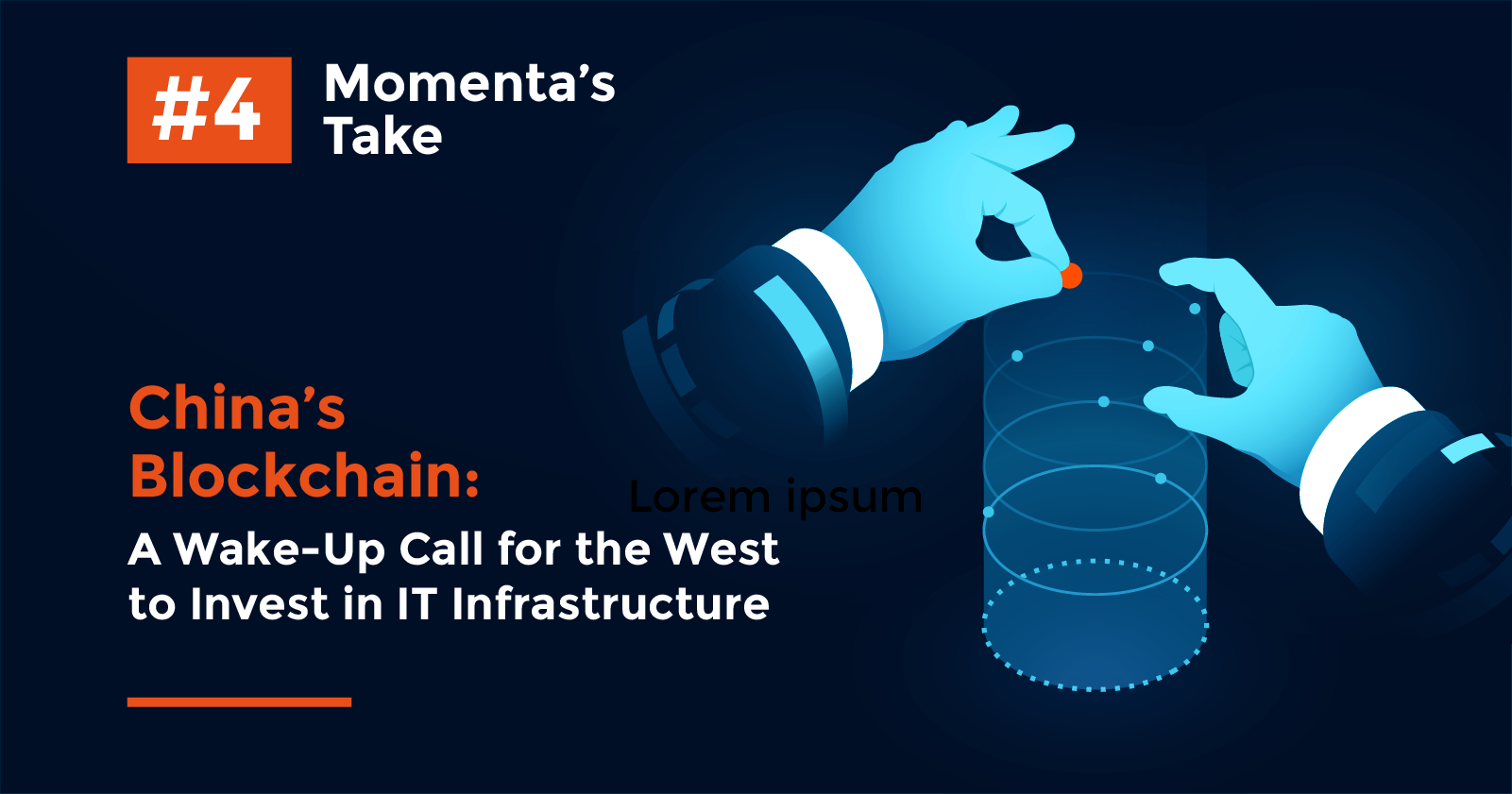Value Vector
Convergence of Blockchain & IoT is Ripe for Enterprise Solutions
Ken Forster

One of the most important, and least understood technologies today is blockchain, which underlies Bitcoin and other cryptocurrencies. The revolutionary aspect of blockchain's center is decentralization, which means that secure peer-to-peer transactions can be conducted over networks without an intermediary. While much of the focus of blockchain's implications have been on the financial sector, there is significant promise for the Industrial IoT, for supply chain, logistics, manufacturing, energy, and other areas. This two-part article looks at some of the ways blockchain and IoT can collectively benefit enterprise and its implications for Connected Industry.
Your first thought of blockchain may be its role as the technology that drives bitcoin and other cryptocurrencies – In the last few years, the hype around cryptocurrencies and initial coin offerings (ICOs) has been abundant, likened to the that around the Web in the 1990s, with a single bitcoin reaching $7,500 in price this month. However, as a technology, the potential of the blockchain reaches far beyond financial transactions to create changes in industries such as insurance, security, shipping, and solar energy.
In particular, the convergence of blockchain and the IoT is becoming increasingly relevant as companies look to solve problems such as security and data privacy and our ability to track and manage billions of connected devices as well as store the data they produce. IDC claims that by 2019, 20% of all IoT deployments will have basic levels of blockchain services enabled. Currently, an abundance of startups and enterprise professionals are looking at the blockchain as a means to streamline processes and save money. We’re starting to see concepts become pilot studies and it will take a few years for their true value to become apparent-not all will succeed. Let’s have a look at the convergence of the two technologies specifically in cargo shipping and logistics
Blockchain and IoT converge to bring logic to shipping and logistics
Traditionally in transportation transactions are completed manually, creating delays and a higher risk of recording error, which can cause differences between what was recorded and what was actually loaded. By digitizing this process using blockchain and IoT, the relevant information is captured directly from the sensors placed on the trucks, and entered onto the blockchain, creating a single, shared repository that all authorized participants can access and which can only be altered with consensus from all parties.
IBM is currently collaborating with AOS SAS to solve the problem of the protection of assets and cargo in logistics and transportation. Their truck-tracking solution integrates IBM Blockchain and Watson IoT, leveraging IoT services on IBM Cloud for trucks and loads mapping, and blockchain to manage transactions between carriers, local authorities, and clients.
IBM is also working with shipping company Maersk along with a network of shippers, freight forwarders, ocean carriers, ports, and customs authorities to build a new global trade digitization solution. Traditionally, a shipment of refrigerated goods from East Africa to Europe can go through nearly 30 people and organizations, including more than 200 different interactions and communications among them. If paperwork is misplaced or mixed up, a container of perishable food could sit around for days. When adopted at scale, the solution has the potential to vastly reduce the cost and complexity of trading, saving the industry billions of dollars.
Open-source standards to blockchain-enabled IoT
In September this year, the Trusted IoT Alliance officially launched, a group of companies including Bosch, BNY Mellon, Cisco, Gemalto, U.S. Bank along with Bitse, Chronicled, ConsenSys, Ledger, Skuchain, Slock.it, HCM International of Foxconn Group, IOTA, Oaken Innovations, Qtum, Chain of Things, and Big Chain DB. Its mission is to bring companies together to develop and set the standard for an open-source blockchain protocol to support IoT technology in different industries worldwide.
The Alliance aims to advance IoT and blockchain by leading pilots, publishing open source code, and coordinating standards and reference architecture. Members of the group have already published a common API to register 'things' to both Hyperledger and Enterprise Ethereum blockchain networks. The Alliance plans to fund small grants to support open source development and is reviewing proposals from IoT and blockchain technologies.
As with any emerging technology, there’s a lot of noise and a lot of hype, and both traditional companies and new startups scramble to consider how blockchain technologies could transform industries. What seems to be notable about these use cases discussed is that they demonstrate the benefit of collaboration both within and across industries.
Want to learn more about IoT and blockchain? In the second part of this post, we’ll be exploring more use cases across various industries.
Blockchain and connected industry Webinar:
In our upcoming webinar, Ed Maguire will join Andre De Castro of Blockchain of Things, Lou Kerner of Flight Ventures, and Kevin Chen from IOTA Foundation to take a deeper look at the blockchain as an emerging technology and how it may meet some of the challenges of the Internet of Things in industry.




